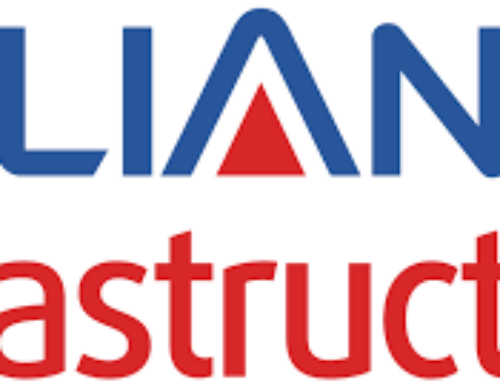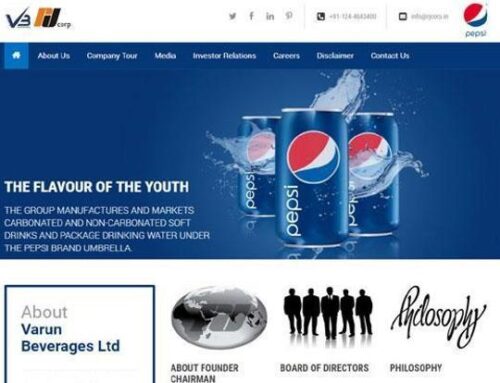What are injectibles
Drugs/Medicines are fed into our body through 2 primary mechanisms: Oral Solids(Tablets) & Injectables(through Injections). Both these format captures around 80-85% of the total market. In 2014, Oral solids had a market share of 50% & Injectables were at 32%, but in 2019, injectables’ market share rose to 39%, and that of oral solids declined to 45%. Implies injectables are growing faster than the other format. Due to covid vaccines ( Names could be different, but all of them are INJECTIBLEs)
Injectables beings sterile (should be free of pathological microorganisms). Products require stringent manufacturing processes across development, formulation, packaging, storage & transportation. Injectables find application in treating various chronic diseases such as diabetes, oncology, rheumatoid arthritis, multiple sclerosis, autoimmune disorders, etc. However, because of the complexity & very high regulatory compliance required for the company, the global injectables market is dominated by just a handful of players.
According to IQVIA Report, the global formulation market grew at a CAGR of approximately 5.4% from 2014 to reach
around US$1,111 billion in 2020. The market is estimated to grow at a CAGR of roughly 4.4% to reach
around US$1,376 billion by 2025. North America is expected to constitute approximately 49% of the overall market by value and grow at a CAGR of roughly 3.9%. India & China, are expected to contribute 2% & 8% of the market by value. with India expected to grow at a faster rate of roughly 9.3% and China at a CAGR
of approximately 5.2% from 2020 to 2025. oral solids, the most prominent delivery form in the market by value, were estimated to be US$494 billion in 2020, growing at a CAGR of approximately 3% from 2015 to 2020. However, the market share by value of oral solids declined from around 50% in 2015 to 44% in 2020. Injectables are the second-largest delivery form in the global
pharmaceutical market. IQVIA estimated that the global injectables market grew at a CAGR of approximately 9.8% from 2015
2020 to reach around US$445 billion in 2020. Market share by value of injectables increased from approximately
33% in 2015 to around 40% in 2020.
Company Profile:
Gland Pharma Ltd(GPL) was incorporated in the year 1978 in Hyderabad by PVN Raju and later scaled up by his son Ravi Penmetsa. The company has grown from being a contract manufacturer of small volume liquid parenteral products to one of the largest and fastest-growing pure-play injectable-focused companies.
Gland pharma derives more than 80% of its revenue from exports, with a significant chunk coming from the US(65%+ of the total revenue). Product sales constitute 90% of sales, while roughly 10% is from services(likely to be technology transfer fees and royalties). The top 5 customers contribute slightly less than 50% of total sales. It looks like a concern, but they have long-term agreements with these clients, which a minimum agreed order every year. The company is B2B focused, and the B2B segment contributes more than 95% of total revenue. Gland pharma sells its products to pharma marketing companies, who then sell them to the consumers, hospitals, nursing homes, etc. All the products of the company are formulation drugs. Formulation products have higher margins at the top end of the value chain.
As of March 31, 2020, the company and its partners had 265 ANDA filings in the United States, Out of which 204 were approved and 61 were pending approval. Out of these 265 ANDA filings, 100 represent ANDAs owned by Gland Pharma, of which 63 ANDA filings are approved. GPL has 368 product registration in the US, EU, Canada & Australia; 54 in India; and 993 in the rest of the world, a total of 1415. Every year the company files 20-25 ANDAs. The company manufactures most of its API, which goes into its end product, i.e., formulations. This ensures quality & assured supply and leads to improved margins. Also, I Completely focused on sterile injectables where the complexities are high and the margins. A third of the company’s API is also imported from China. As of March 31, 2020, Gland pharma had 3791 employees. Of which more than 31% was towards quality control & compliance. GPL had 12 patent applications that have been granted and nine pending applications in India. The company has no subsidiaries or joint ventures. They also invest about 5-6% of revenue every year in R&D. Co also has implemented a track and trace system for their products.
Shareholding pattern: BSE Data
Financial and ratio [table id=225 /]
future Prospectus: The company is powerful that there were many acquirers. With acute shortages of injectables in our country and Gland pharma being one prominent manufacturer, the company’s future is looking good. The company is manufacturing Sputnic V. That is one significant achievement.




